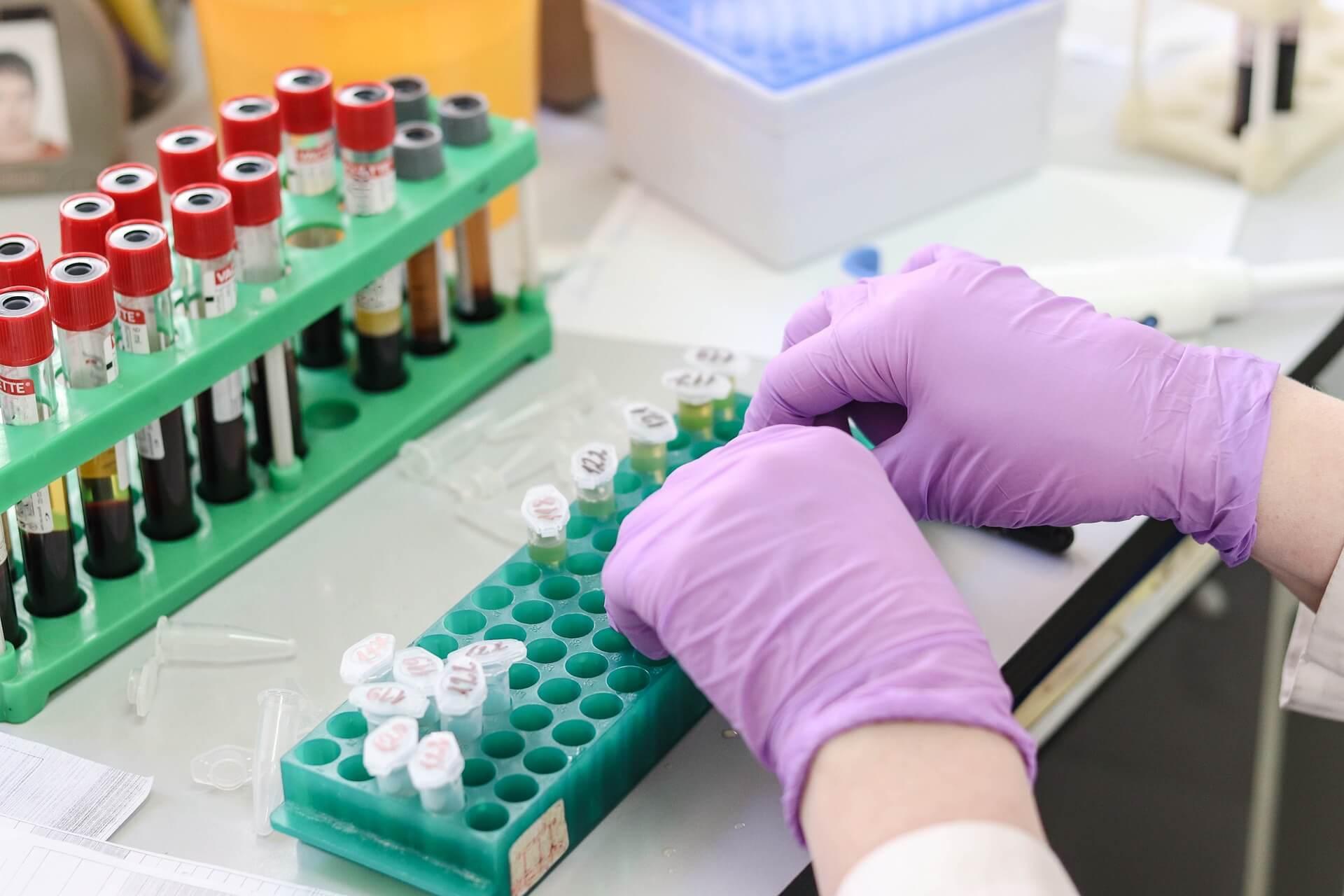RNA-based therapeutics have emerged as a revolutionary approach for treating genetic disorders, cancers, and infectious diseases. However, delivering RNA molecules safely and efficiently into target cells remains a major challenge. Three leading delivery platforms—exosomes for RNA delivery, liposomes for RNA delivery, and lipid nanoparticles (LNPs) for RNA delivery—have shown significant promise. This article compares these technologies, highlighting their mechanisms, advantages, and limitations.
Exosomes for RNA Delivery
What Are Exosomes
Exosomes are natural extracellular vesicles (30–150 nm) secreted by cells, playing a crucial role in intercellular communication. They carry proteins, lipids, and nucleic acids, including RNA, making them ideal for therapeutic delivery.
Advantages
Biocompatibility & Low Immunogenicity: As endogenous vesicles, exosomes evade immune detection better than synthetic carriers.
Natural Targeting Ability: Exosomes can home to specific tissues due to surface markers inherited from parent cells.
Stability in Circulation: Their lipid bilayer protects RNA from degradation in the bloodstream.
Challenges
Production Complexity: Large-scale exosome isolation and loading with RNA remain technically challenging.
Heterogeneity: Variations in exosome size and content can affect consistency.
Applications
Exosomes are being explored for delivering siRNA, mRNA, and miRNA in cancer therapy, neurodegenerative diseases, and vaccine development.
Liposomes for RNA Delivery
What Are Liposomes
Liposomes are synthetic spherical vesicles composed of phospholipid bilayers, mimicking cell membranes. They can encapsulate RNA within their aqueous core or lipid layers.
Advantages
Flexible Design: Liposomes can be modified with targeting ligands (e.g., antibodies, peptides) for cell-specific delivery.
Proven Clinical Use: Liposomal drugs (e.g., Doxil) have FDA approval, supporting their safety profile.
Scalability: Easier to manufacture at scale compared to exosomes.
Challenges
Rapid Clearance: Unmodified liposomes are often cleared by the mononuclear phagocyte system (MPS).
Stability Issues: RNA may leak or degrade if liposomes are not properly stabilized.
Applications
Liposomes have been used in mRNA vaccines (e.g., early COVID-19 vaccine candidates) and siRNA therapies (e.g., Patisiran for amyloidosis).
Lipid Nanoparticles for RNA Delivery
What Are LNPs
LNPs are advanced lipid-based carriers consisting of ionizable lipids, cholesterol, helper lipids, and PEG-lipids. They efficiently encapsulate and protect RNA while enabling endosomal escape.
Advantages
High Delivery Efficiency: Ionizable lipids promote endosomal escape, enhancing RNA release into the cytoplasm.
Proven Success: Moderna and Pfizer-BioNTech COVID-19 mRNA vaccines use LNP technology.
Tunable Properties: LNPs can be optimized for different RNA types (mRNA, siRNA, CRISPR).
Challenges
Potential Toxicity: Some lipid components may cause inflammatory reactions.
Cold Storage Requirements: LNPs often require ultra-low temperature storage.
Applications
Beyond mRNA vaccines, LNPs are used in gene editing (CRISPR), rare disease treatments, and cancer immunotherapies.
Comparison Summary
| Feature | Exosomes | Liposomes | LNPs |
| Origin | Natural | Synthetic | Synthetic |
| Targeting | Innate | Engineered | Engineered |
| Scalability | Challenging | Moderate | High |
| Immune Response | Low | Moderate | Variable |
| Clinical Use | Emerging | Established | Well-Established |
Conclusion
Each RNA delivery system—exosomes, liposomes, and LNPs—offers unique benefits. Exosomes excel in biocompatibility, liposomes in versatility, and LNPs in efficiency. The choice depends on the application, with LNPs currently leading in clinical translation. Future research may combine the best features of these platforms to optimize RNA therapeutics further.

